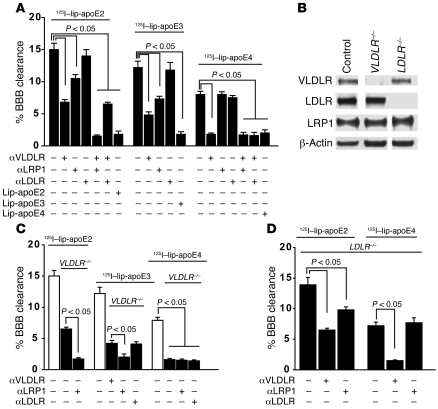Figure 2. apoE isoform–specific clearance across the mouse BBB in vivo depends on differential contributions of VLDLR-mediated and LRP1-mediated transport.
(A) 125I-labeled lipo-apoE2, lipo-apoE3, and lipo-apoE4 (TCA-precipitable 125I-radioactivity) BBB clearance at 90 minutes in the presence and absence of receptor-specific blocking antibodies against VLDLR, LRP1, and LDLR and excess unlabeled ligands at 0.5 μM. (B) Western blot analysis of VLDLR, LDLR, and LRP1 in brain microvessels isolated from control, VLDLR–/–, and LDLR–/– mice. β-actin was used as a loading control. The lanes were run on the same gel but were noncontiguous. Representative blots from 3 mice per group are shown. (C and D) 125I-labeled lipo-apoE2, lipo-apoE3, and lipo-apoE4 (TCA-precipitable 125I-radioactivity) BBB clearance at 90 minutes in VLDLR–/– (C) and LDLR–/– mice (D) in the presence and absence of receptor-specific antibodies against VLDLR, LRP1, or LDLR. Values are mean ± SEM; n = 3–5 mice per group.

